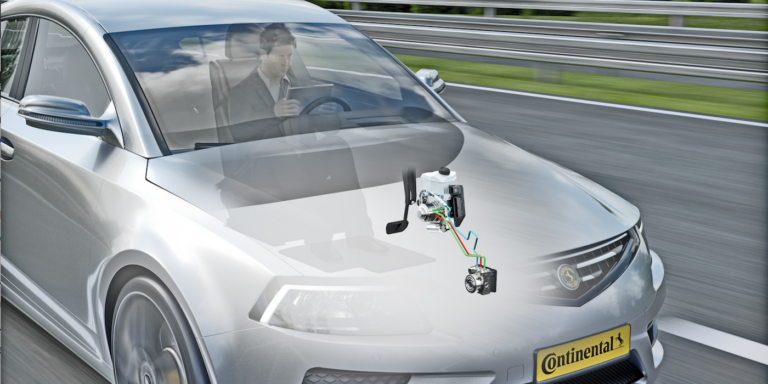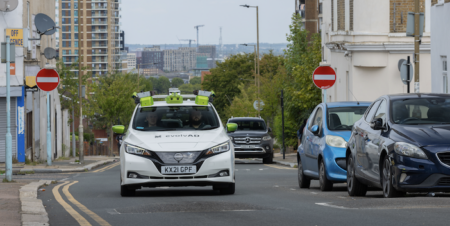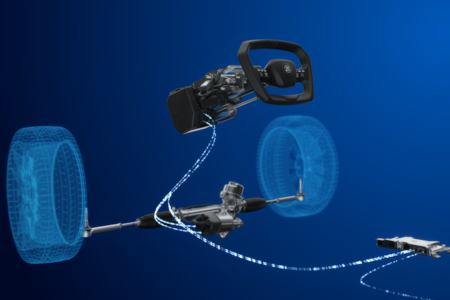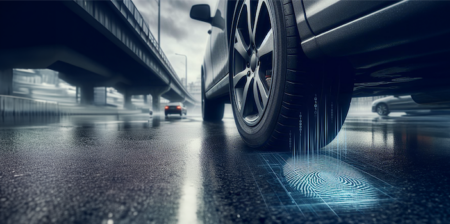Whatever changes automated driving brings to vehicle design, braking systems will remain the most important element of active safety. Once the driver hands over the full driving responsibility to the vehicle, the electronic brake system (EBS) must be capable of performing the braking function, even if the primary electronic brake system fails. With this in mind, Continental has further developed its MK C1 electronic brake system to meet the additional requirements of highly automated driving.
“Highly automated driving poses tough requirements to the braking system”, said Felix Bietenbeck, head of the vehicle dynamics business unit at Continental’s Chassis & Safety Division. “We have used our braking technology expertise to design an enabling solution for the next practical step towards automated driving for several of our customers.”
MK C1 is a by-wire system, which offers fast and autonomous pressure build-up, making it suitable for automated driving. To achieve the requirements of braking redundancy, Continental has combined the system with a derivative of its MK 100 ESC system. In normal operation mode, the MK C1 unit provides all braking, stability and comfort functions, with the hydraulic pressure simply passing through the MK 100 hydraulic brake extension (HBE). In order to ensure 100% availability at all times, the HBE performs frequent self-tests.
Should the primary EBS partially fail, the secondary EBS will step in and provide the required braking function. Should the primary EBS fail completely the HBE unit will brake the vehicle with the front wheels and provide an ABS function.
Continental has also developed a cooperative brake mode. This will apply if the electromechanical actuation and pumping function of the primary braking systems fails without affecting the unit’s control valves. In this case the HBE unit will go into cooperative brake mode, with part of its hydraulic pressure fed to the still functioning MK C1 valves to also activate the rear brakes. This flexible split of functions ensures a full autopilot braking function with slip-controlled deceleration on both axles, even in the event of partial failure in one system.
“The principle of networking two EBS units is a complex and challenging task. It requires an outstanding system know-how”, Bietenbeck added.





